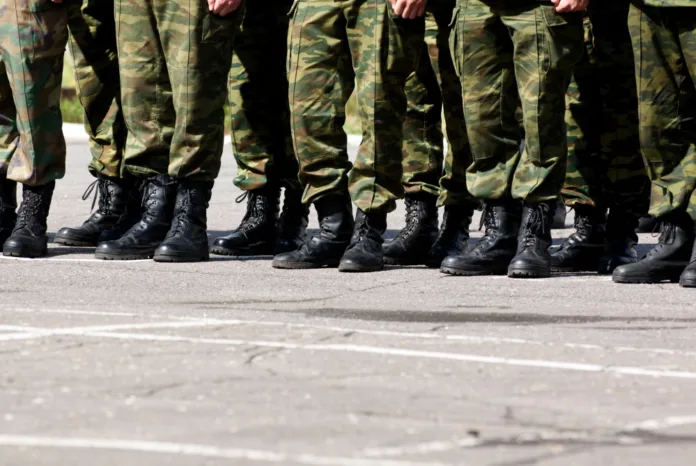Coordinated patrols in Demchok are now underway, with operations set to begin soon in the Depsang plains as part of renewed efforts to stabilise relations
In a significant development for India-China relations, Indian troops have resumed patrols in the Demchok area along the Line of Actual Control (LAC) following a successful disengagement process with Chinese forces. This renewed military activity, which began on November 2, 2024, comes as part of an agreement aimed at easing tensions that have persisted since the military standoff began in May 2020.
Indian Army sources have confirmed that “coordinated patrolling” has commenced in Demchok, with plans to initiate similar operations in the Depsang Plains shortly. This move aligns with the diplomatic discussions held on October 21, just days before Prime Minister Narendra Modi and President Xi Jinping engaged in talks at the BRICS Summit in Russia, focused on improving bilateral ties.
The recent resumption of patrolling marks a notable shift in the ongoing India-China border situation, particularly as relations soured significantly due to Chinese incursions detected in eastern Ladakh in 2020. Until now, the Chinese military had been resistant to discussions regarding Depsang Plains and Demchok, favouring disengagement at other friction points like Galwan Valley and Hot Springs.
Embed from Getty ImagesThe coordinated patrols are a direct result of dialogues between local commanders from both sides, typically at the brigadier rank and below. This level of communication is crucial, especially since the Chinese People’s Liberation Army (PLA) had previously obstructed Indian access to key patrolling points in the Depsang Plains and had stationed troops in the Charding Nullah area of Demchok.
Notably, the timing of these developments coincided with Diwali celebrations, as evidenced by a goodwill gesture exchanged between the two armies on the festival day. On November 1, soldiers from both nations shared sweets at various border points, an act symbolising a tentative easing of hostilities.
The disengagement process also involved the removal of temporary structures, further indicating a commitment from both sides to uphold the agreement. The collaborative atmosphere fostered through these patrols and exchanges is essential in a landscape marked by military tension and diplomatic uncertainty.
The significance of this agreement cannot be overstated. The willingness of both India and China to engage in dialogue at local levels represents a critical step towards maintaining peace and stability along the contentious border. The shift in the Chinese stance on the Depsang Plains and Demchok reflects a potential thawing of relations, as both nations seek to navigate the complexities of their interactions in a region that has been fraught with conflict.
As the Indian Army prepares to expand its patrols in the Depsang Plains, the focus remains on ensuring security and stability in the area. The situation along the LAC will continue to be monitored closely, with both sides aware of the implications that these military movements carry for regional peace.
With the resumption of patrols, India aims to assert its sovereignty while simultaneously opening channels for ongoing dialogue. The landscape of the India-China border remains dynamic, but these recent developments signal a cautious optimism for future cooperation and understanding between the two nations.
